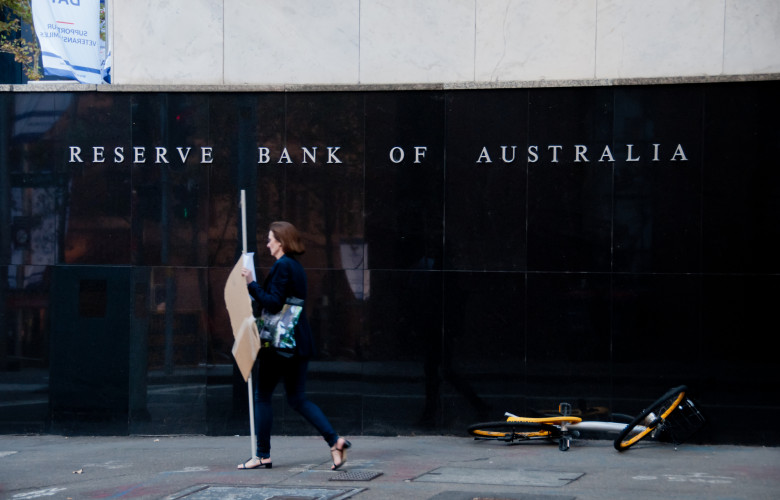RBA delivers
Contact
RBA delivers
The RBA has broken its 30-month stalemate with a cut to the national cash rate in a move expected to provide further assistance to home buyers.
All eyes will be on mortgage rates in the wake of RBA's decision to cut the national cash rate to 1.25 per cent today.
The end of the 30-month stalemate could be a part of a potential one-two punch for home buyers, who also have APRA's relaxation of the seven per cent serviceability buffer to look forward to.
Loan Markets Chairman Sam White told WILLIAMS MEDIA that developments across the past month would've brought investors back to the market, regardless of the RBA's decision.
"The biggest change that's going to be made to the market, in terms of affordability, is the assessment rate," he said.
"The APRA change is going to have a significant impact, and if you combine it with the rate cut, it could provide significant stimulus.
"With the uncertainty of past few months easing, we're already beginning to see people come back into the market with some confidence."
At a glance:
- The RBA has decided to cut the national cash rate for the first time since August 2016.
- The updated rate of 1.25 per cent comes just over two weeks after APRA decided it was going to relax its 7 per cent serviceability buffer on home loans.
- Loan Market chairman Sam White said the assessment rate has more potential to change the market.
The RBA decision means the cash rate is at its lowest level since 1990, with experts predicting there could be further cuts before the end of the year.
The average home loan size in Australia is $384,700, while the average variable rate sits at 4.91%.
According to Finder, the reduction of 25 basis points to 4.66% could lead to a savings of almost $700 per year, which is equivalent to almost $21,000 over the life of a loan.
Despite this, CoreLogic Head of Research Tim Lawless said the current credit policies meant the stimulus of lower rates isn't likely to be as effective as it has previously.
"Borrowers are facing much closer scrutiny on their income and expenses as lenders become less reliant on HEM (Household Expenditure Measure) benchmarks, and comprehensive credit reporting is providing lenders with greater transparency around borrower debt levels and credit standing," he said.
Related Reading: APRA set to remove 7 per cent serviceability buffer on home loans
"Overall, the latest rate cuts together with lower serviceability assessments for borrowers and greater confidence following the federal election should help to support an earlier than expected trough in housing values, but we aren’t expecting a rapid reversal in house price declines, due to ongoing tight credit policies and, more broadly, economic uncertainty as global trade tensions escalate."
The banks will be under increased scrutiny to pass on the cut to the customers, with Treasurer Josh Frydenberg telling News Corp ahead of the RBA decision that he expected " all banks to pass on the benefits of sustained reductions in funding costs”.
Mr White said the next question would be who goes first on the assessment rate.
"A lot of lenders are keen to make that change, but are cautious about being seen to be less prudent by changing that rate," he said.
"There might need to be a bit more guidance given by APRA around that."
Similar to this:
Speculation grows that RBA will deliver industry trifecta
Just how important was the RBA decision?
Rates expected to be cut in the second half of the year as RBA decides to hold





